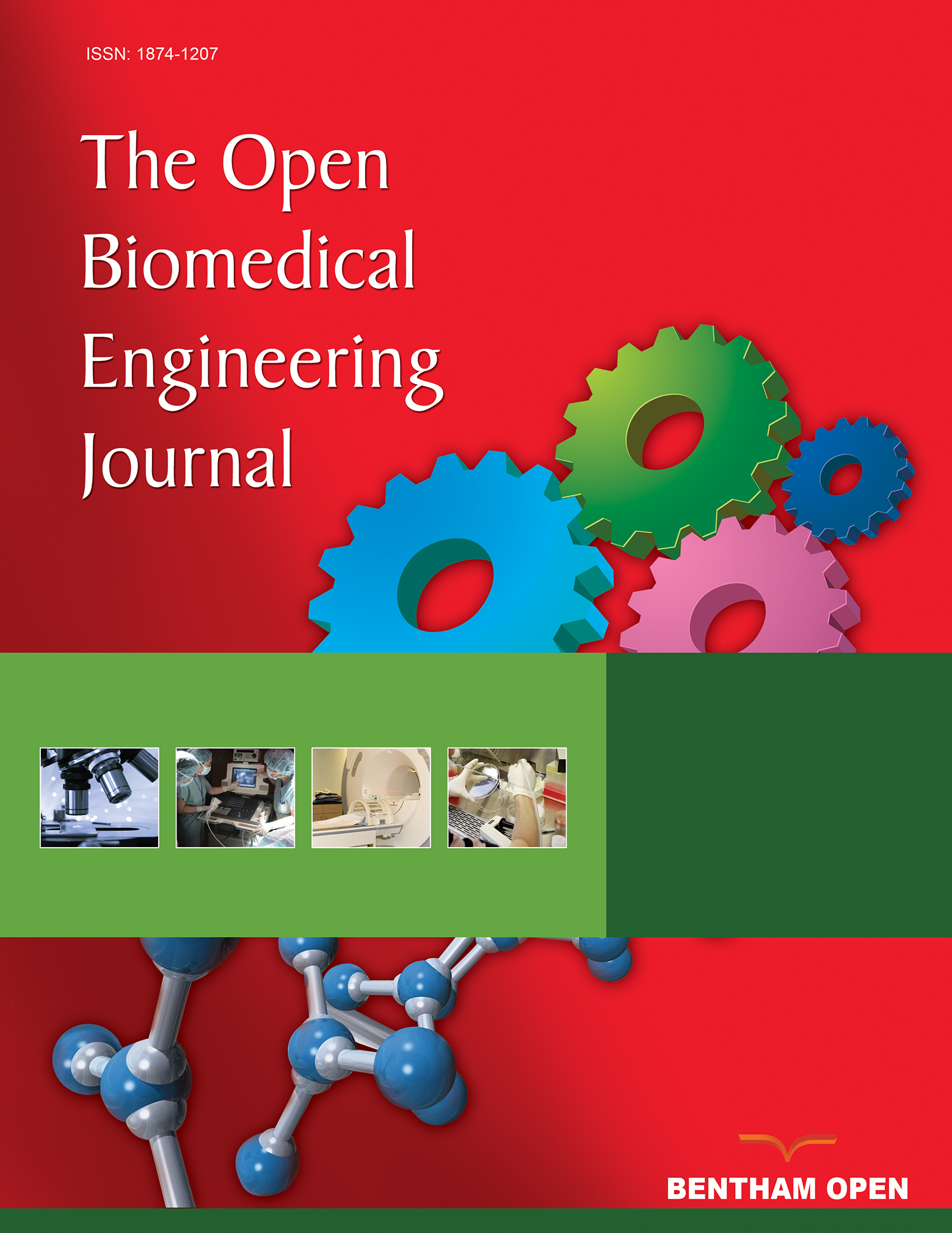All published articles of this journal are available on ScienceDirect.
Comparison of Biomechanical Parameters between Medial and Lateral Compartments of Human Knee Joints
Abstract
Background:
The knowledge of biomechanics helps in predicting stresses in different parts of the knee joint during daily activities.
Objective:
The objective of this study is to evaluate the biomechanical parameters of the knee joint, such as contact pressure, contact area, and maximum compressive stress, at full extension position during the gait cycle.
Methods:
The three-dimensional finite element models of human knee joints are developed from magnetic resonance images (MRI) of multiple healthy subjects. The knee joints are subjected to an axial compressive force of 1150 N at full extension position.
Results:
The maximum compressive stresses on the medial and lateral tibial cartilages were 2.98±0.51 MPa and 2.57±0.53 MPa, respectively. The maximum compressive stresses on the medial and lateral menisci were 2.81±0.92 MPa and 2.52±0.97 MPa, respectively. The contact area estimated on medial and lateral tibial cartilages were 701±89 mm2 and 617±63 mm2, respectively.
Conclusion:
The results were validated using experimental and numerical results from literature and were found to be in good agreement. The magnitude of maximum compressive stress and the contact pressure was found to be higher at the medial portion of the cartilages as compared to that in the lateral portion of the cartilages. This study shows that the medial meniscus is more prone to tear under severe loading conditions, as the stresses in the medial meniscus are higher than that in the lateral meniscus. The total contact area in the medial tibial cartilage is larger than that in the lateral tibial cartilage.


